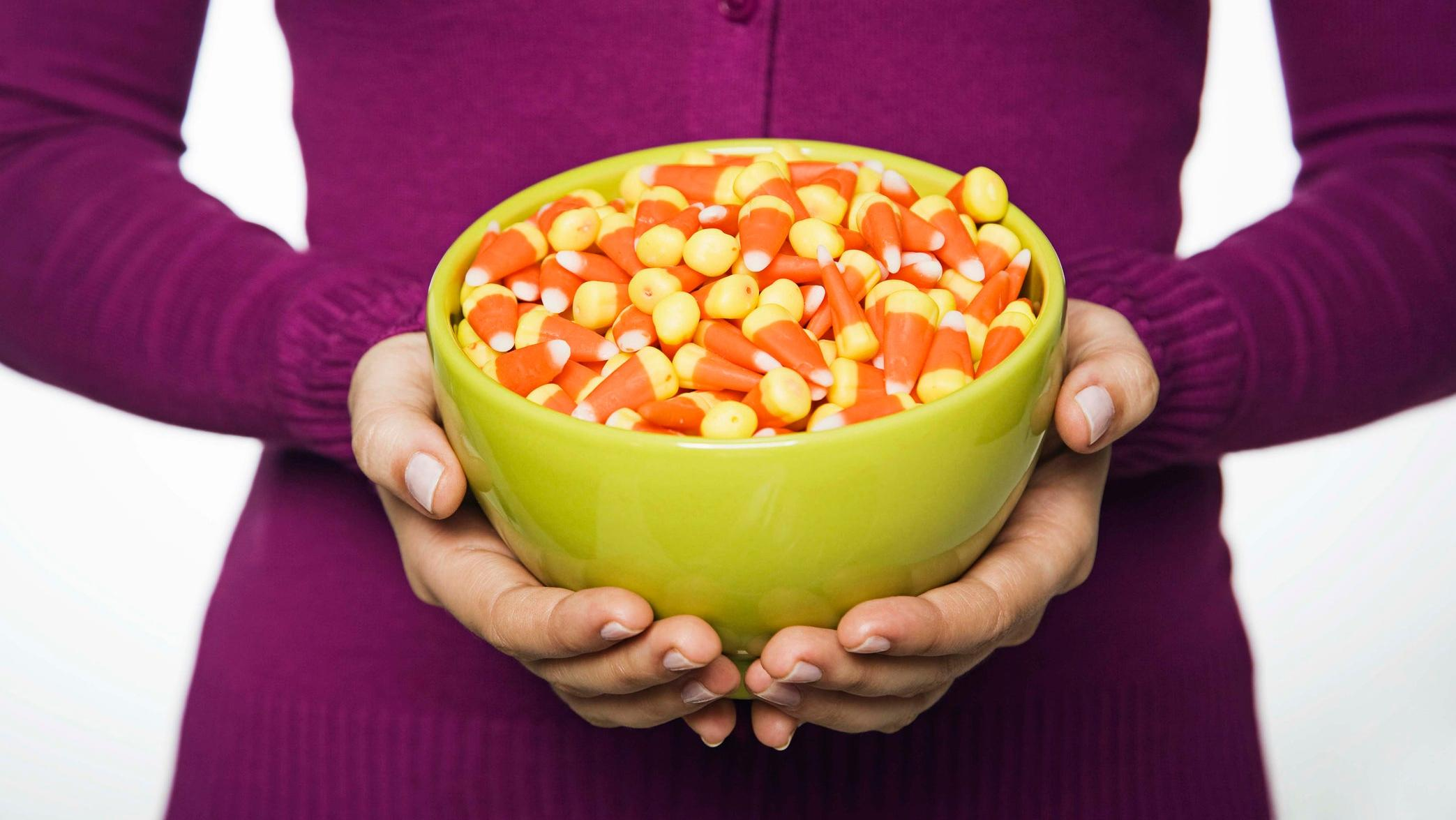We Have More Candy Data, And It Carries Weight
This list of the most popular candies in America by weight shows what we're all actually buying.
We may receive a commission on purchases made from links.
Last week, , as per annual tradition, we shared Zippia's map of America's favorite Halloween candies. The data was instantly divisive, and readers shared a variety of responses ranging from "WTF who likes candy corn" to "What exactly are circus peanuts?" to "No one in their right mind would choose Tootsie Pops as their favorite candy." In fact, no one "chose" their favorite Halloween candies as part of a survey in order to determine the results; Zippia used Google Trends data and tallied the most uniquely searched-for candies by users in each state, not what those populations voted for or actually bought.
"Google search data does not necessarily indicate popularity or sales volume!" you might be saying, shaking your fists at the sky. And if that's the sort of methodological compromise you get indignant about, then you'll be pleased to hear that Instacart has generated Halloween candy data based on what Americans are actually purchasing. Behold, the top 10 candy products sold via Instacart by weight in October 2020:

Peanut M&M's come out on top in this list, with classic milk chocolate M&M's following closely behind. Remember, this is by weight, not by volume or number of units sold. Because of this, you might think that the top spots would be occupied by the densest, heaviest candies; however, looking at all the items on this list, that doesn't appear to be the case. I'd assume a pallet of Snickers weighs more than a pallet of Peanut M&M's, for example, and if that's true, then Peanut M&M's were ordered more often, by a wide enough margin, to override the higher average weight of any competitors. It's not a terrible metric for gauging candy sales. Even if the results include candy corn.
If you want to get real technical (and who wouldn't?), you could argue that the greatest limitation of the Instacart data is Instacart itself. At Instacart's pandemic peak in 2020, it had about 9.6 million users. (By contrast, Uber has about 91 million U.S. users, and I don't even want to think about how many Amazon has.) That's not an overwhelmingly representative swath of American grocery shoppers, and the Instacart method of mobile pre-ordering one's groceries fails to account for the allure ofimpulse buys that plagues (blesses?) brick-and-mortar shoppers every time they head to the store.
How do these candies line up with your expectations? We'll be back with more titillating candy charts, graphs, lists, maps, and debates as soon as we've figured out who is ordering so many Twizzlers when Red Vines are clearly the superior choice.
